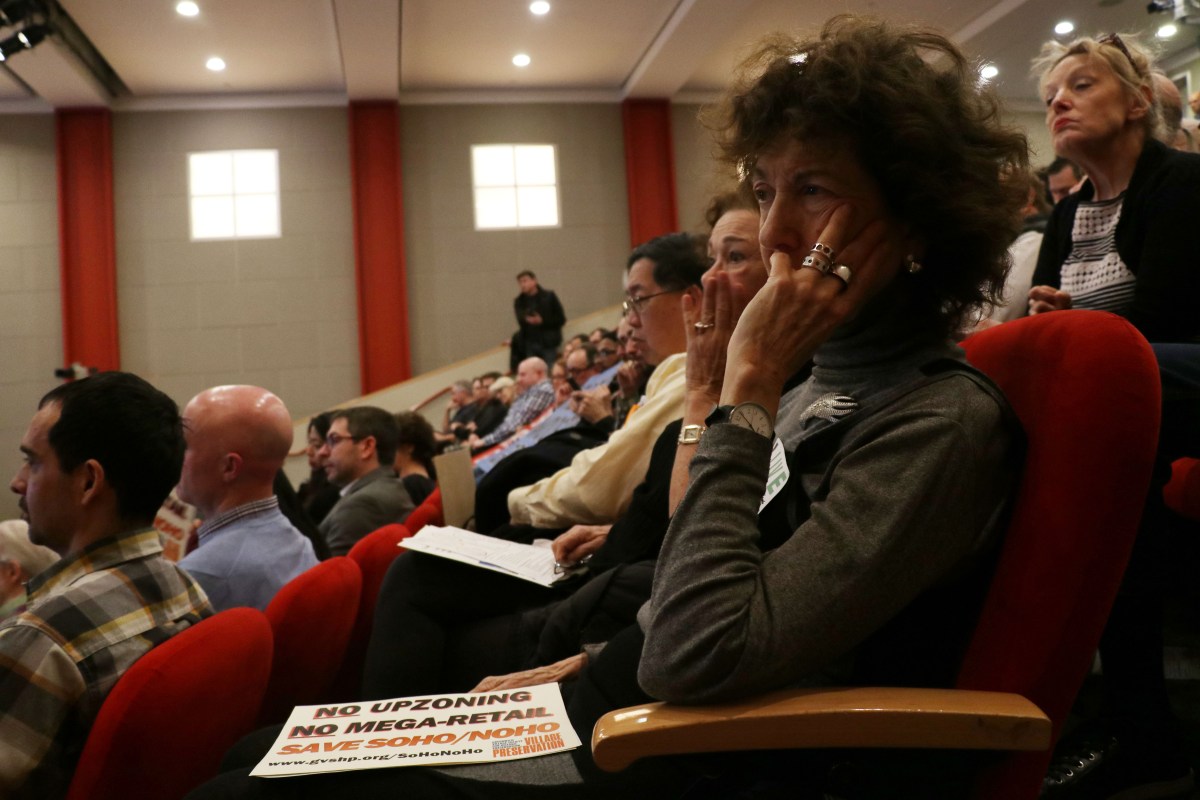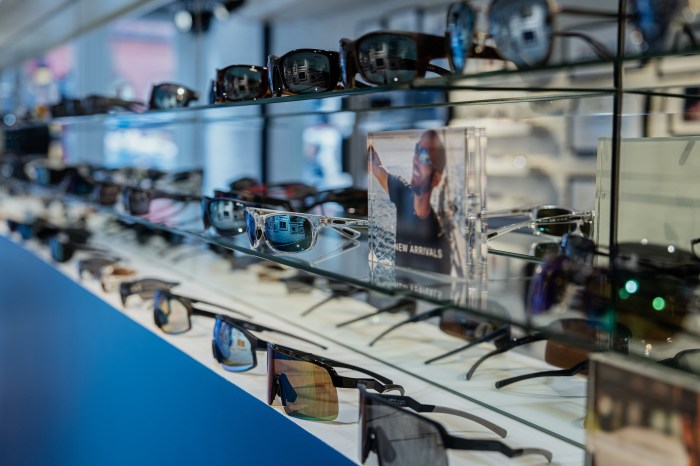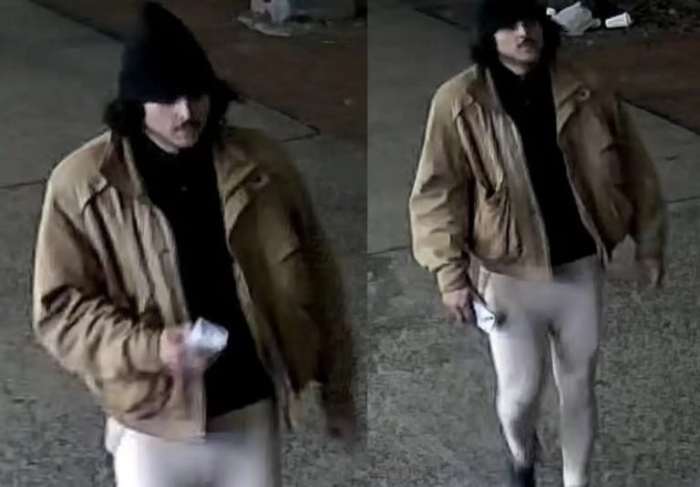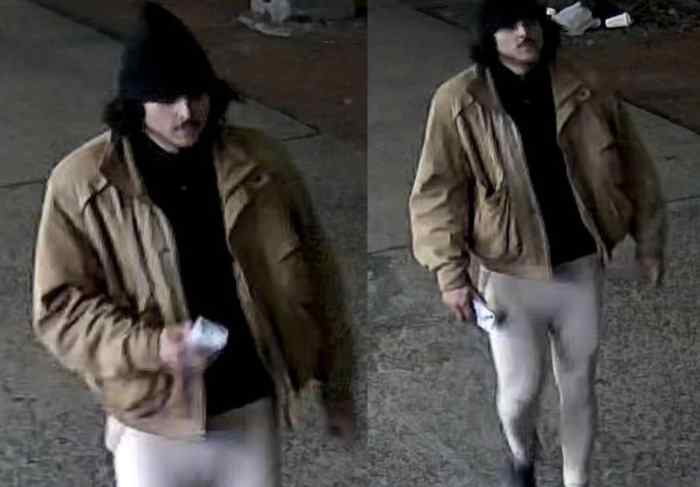SoHo and NoHo residents packed into the auditorium of the Scholastic Building on Wednesday night for the first of three meetings for community members to respond to the Envision SoHo/NoHo report, which could set the foundation for long-awaited zoning reforms in the area.
Supporters and critics of the report were equally as vocal during the meeting.
“This is an open process, it’s a transparent process and we intend to keep it that way,” said Manhattan Borough President Gale Brewer.
The report — released in November by the City Department of Planning, Brewer and Councilmember Margaret Chin — came after six months of public input meetings and touches on how quality of life, diversity and economic vitality can be improved in the neighborhoods to meet modern-day challenges. The area has not seen a land use change since 1971 when it was a declining manufacturing neighborhood.
Top recommendations from the report include increasing the amount of affordable housing, easing of the area’s residency laws and doing away with the 10,000 square foot cap in floor size for businesses.
The neighborhood sits in an M1-5B zoning area which prohibits storefronts larger than 10,000 square feet from setting up shop. But over-sized stores have still been able to creep into the area by using loopholes and special permits via the city’s Uniform Land Use Review Process.
Critics of changing the square-footage-for zoning allowed for stores, fear that the neighborhood will be overrun with big-box stores; increasing density and escalating rent prices. They argued the influx of larger-scale retail would destroy the area’s identity as the artistic heart of the city.
“We want to avoid the quality of life disasters we see moving into our community such as Showfields, Zara and Uniqlo,” said Laura Tenebaum, a SoHo resident and former chair of the Community Board 2 Land Use Committee. “Our buildings have already been re-purposed, let’s not re-purpose them again for that.”
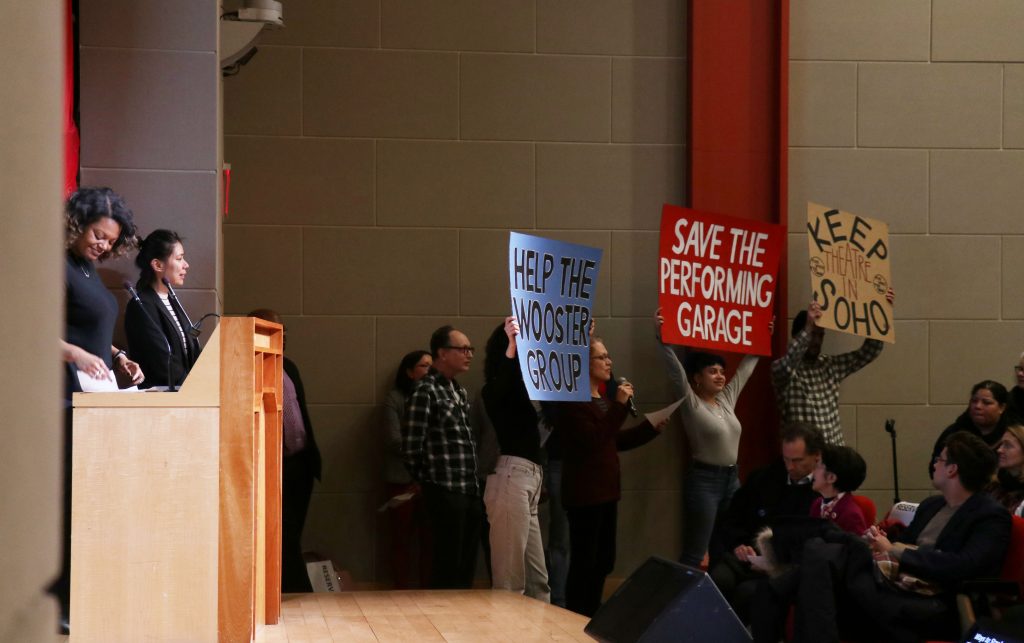
SoHo/NoHo would have plenty of affordable housing and diversity if the rents weren’t so high, some said.
“If I had my way, it would be artists, it would be small box retail, it would be zone contextual,” said Brewer. “But we have to work as a movement, as a group, as a city.”
Supporters of the report expressed a need to move with the times.
Owners of apartment buildings and business reps charged that Envision plan would address the quality of life issues not directly linked to larger businesses in the area. Others argued that more development was needed in order to combat the city’s housing shortage.
“Density is affordability,” said one pro-development meeting goer.
SoHo/NoHo residents will have another opportunity to respond to the report at the Community Board 2 Land Use Committee meeting on Jan. 15 and for a third time at the full-board meeting on Jan. 23. Community members are also encouraged to submit questions and comments soho-noho@planning.nyc.gov.



